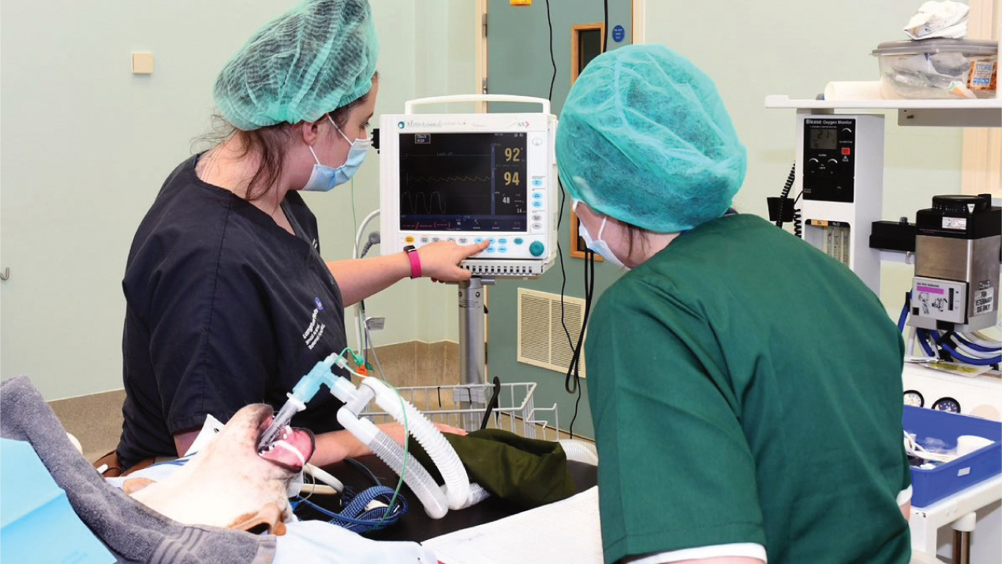References

Abstract
The clinical learning environment is a complex sociocultural landscape that can be challenging to manage to support the appropriate professional development of student veterinary nurses (SVNs). The clinical supervisor is appointed to support student training in veterinary practice and is the student's first point of contact in the clinical setting. Research has shown that the wider practice team can also have a significant impact on the student experience, creating a positive or negative atmosphere for learning. It is vital that the whole team contributes to student support to create opportunities for growth and development. Being approachable and friendly, and inviting discussions, are some of the ways this can be accomplished. The presence of students in practice will also bring multiple benefits to the practice team, including a renewed perspective to problem solving and the latest evidence-based practice.
Previous research relating to student veterinary nurse (SVN) support in practice has been published in the Journal of Veterinary Medical Education (Holt et al, 2021; 2022a). The aim of this two-part article is to disseminate the key information from this previously published work and draw on the combined experience of the current authors relating to the role of the clinical supervisor and the training practice team in the clinical learning environment (CLE).
Part one published in the previous issue discussed the role of the clinical supervisor when supporting students in practice (Holt et al, 2022b). Part two will discuss the training practice as a whole and how elements in the CLE can impact student training and development.
The authors could find limited articles detailing the experience of SVNs in the CLE. The veterinary nursing profession could therefore look to the literature currently available in student human nurses' (SHNs) experiences of the CLE. A pedagogically supportive and friendly environment is vital in ensuring quality teaching and learning outcomes (Perram et al, 2016; Phillips et al, 2017). However, SHNs have reported that the CLE they experience does not always match the positive environment they would favour (Phillips et al, 2017). First experiences within a CLE will be daunting for most, and have been reported to create anticipatory fear in SHNs (Rajeswaran, 2016; Gray and Smith, 2000). The wider professional staff, who are present in the CLE alongside SHNs, can also affect the learning experience (O'Mara et al, 2014). An unsupportive atmosphere among the team, leading to poor relationships — including negative attitudes to the presence of SHNs — has also been found to cause feelings of inferiority in students (Rajeswaran, 2016; Kalyani et al, 2019). In addition, environmental factors such as a busy workload and too many students on the ward have also been reported by SHNs (Chuan and Barnett, 2012; O'Mara et al, 2014; Arkan et al, 2018). Failure to identify and address student concerns within the SHN CLE can lead to a decrease in professional growth and development (Kalyani et al, 2019). A 2021 RCVS Mind Matters Initiative survey of student veterinary nurses, recently graduated veterinary nurses, and clinical supervisors showed that 96% of respondents felt that bullying was a serious problem within the profession (Silverwood, 2021). This collective evidence should provide a rationale for the veterinary nursing profession to seek the opinions of SVNs relating to their CLE to highlight any areas of concern.
Register now to continue reading
Thank you for visiting The Veterinary Nurse and reading some of our peer-reviewed content for veterinary professionals. To continue reading this article, please register today.

